The Added Chaos to Life with a Heart Rhythm Disorder
I was in a mad rush last week, checking off doctor appointments and errands before my trip to Taiwan. A holiday is always a welcome and happy event, but it probably wasn’t a good idea to run on a mix of adrenaline, coffee, a lack of sleep and new mental health issues right before it.
The stress triggered a heart palpitation episode, something which I hadn’t had in over half a year. I was sitting at my desk doing some light work on the computer, when my heart started to pound, insistent for attention.
I hurried to strap on my blood pressure (BP) monitor, which is always by my bedside. The beats per minute (bpm) was ‘only’ at 140, which also happens during exercise or if you have a fever. For some people, it can shoot up to beyond 200 bpm.
*Disclaimer: This article is meant for educational purposes, and is based on my personal experiences as a patient. I am not a doctor, and nothing in this article should be substituted for medical advice. Please consult your own doctor before changing or adding any new treatment protocols. This post may also contain affiliate links. It will cost you nothing to click on them. I will get a small referral fee from purchases you make, which helps with the maintenance of this blog. Read our Privacy Policy page for more information. Thank you!
- Updated: 26 August 2025
Pin to Your Cardiology & Heart Rhythm Disorder Boards:
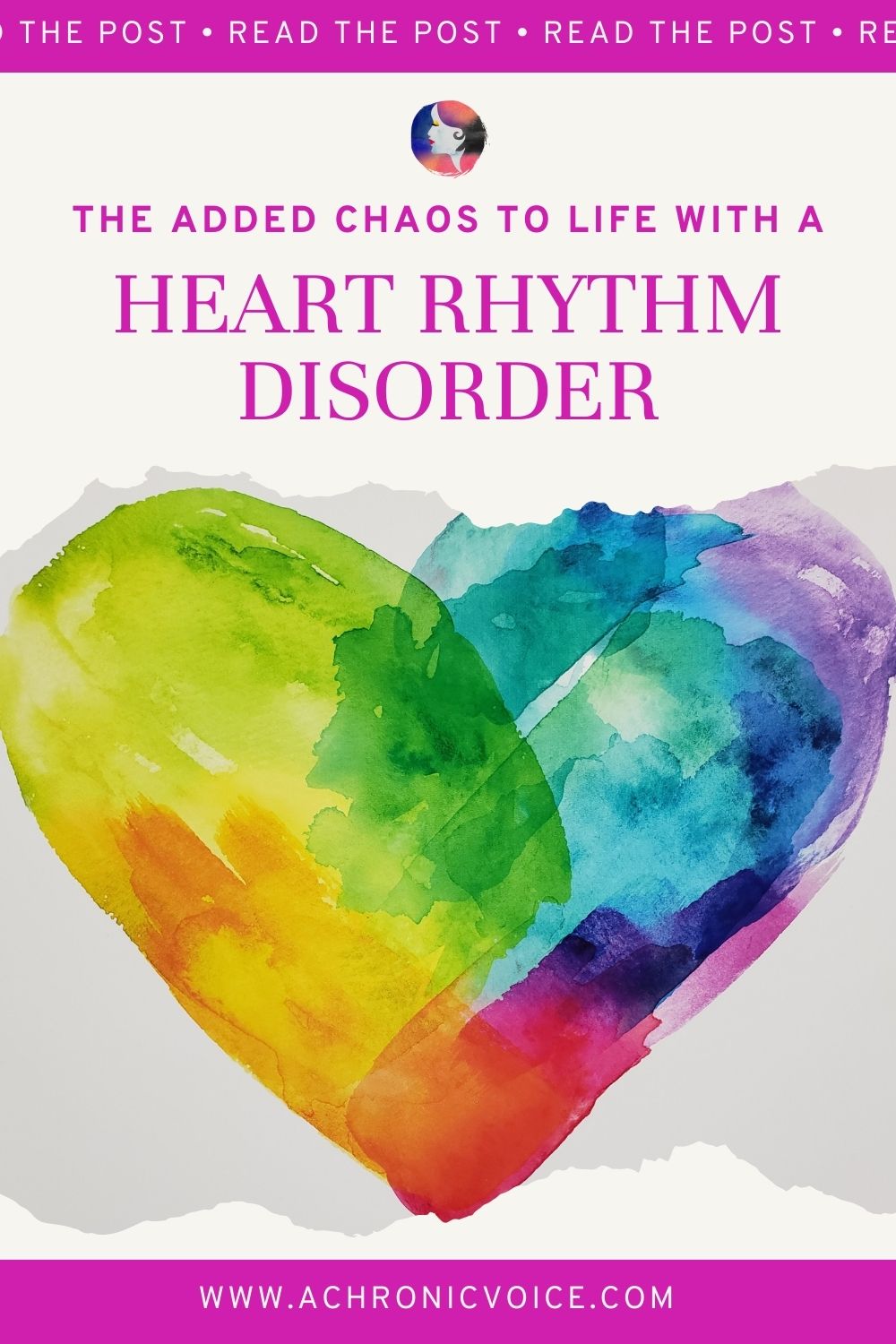
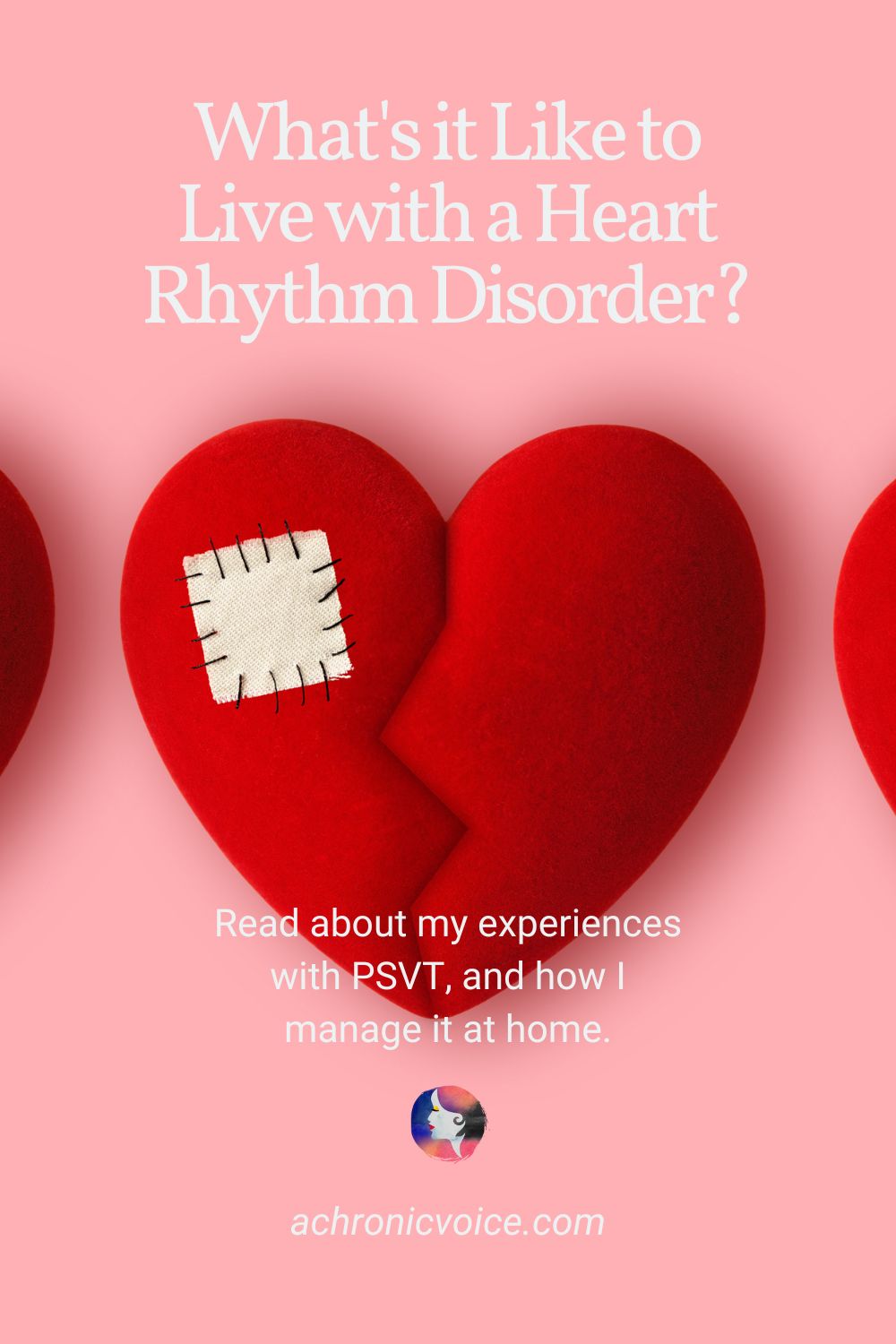
A Brief Introduction on Heart Rhythm Disorders
There are many different kinds of heart rhythm disorders, such as atrial fibrillation, ventricular fibrillation (which typically causes cardiac arrests), and more (Heart Rhythm Society, 2021). Irregular heartbeats are also known as arrhythmias, and they fall under two categories - ventricular and supraventricular - depending on where it occurs (National Heart, Lung, and Blood Institute [NHLBI], 2022).
The causes for an abnormal heart rhythm are manifold. It could be due to physical injuries to your heart, post-surgical complications, changes in structures due to heart disease, lifestyle factors and more (Cleveland Clinic, 2023). An electrocardiogram (ECG) is a test to check your heart rhythm, where a sinus rhythm is indicative of a normal heartbeat (National Heart Centre Singapore [NHC], 2021).
What I Have – Paroxysmal Supraventricular Tachycardia (PSVT)
I personally have a heart rhythm disorder called “paroxysmal supraventricular tachycardia” (PSVT), which I developed after I underwent a mitral valve repair for a prolapsed valve in 2011.
According to Cleveland Clinic (2021), PSVTs occur due to "abnormal electrical activity that begins in the atria", which then leads to repeated, rapid contractions. To complicate matters, there are several types of tachycardias that can be classified as a PSVT.
The Year I had Tuberculosis was One of the Worst Years of My Life
In 2014, I caught tuberculosis (TB) from who knows where. No one else around me had it. I had to take TB medications under the watchful eye of a nurse every single day for 9 months. That was a horrible year for me, as the TB medications had serious interactions with my regular cocktail of daily meds, especially the steroids. It was also the year I was finally diagnosed with major depressive disorder and anxiety.
I would get a heart palpitation episode every 3 to 4 days, so it was a year of nonstop trips to the A&E/ER day and night. I became reclusive and had to be on constant high alert. I wasn’t allowed to leave the country, and needed someone else to stay with me whenever my partner back then left for a work trip.
Just About Anything Could Trigger a Heart Palpitation Episode
I had to completely abstain from alcohol, tea and coffee that year, as even a decaf could trigger a heart palpitation episode. Just about anything could set it in motion – from mild physical or emotional strain, to regular medications for the flu, to certain foods and spices, and many other random things. The worst part was that there was no way to predict any of these episodes. That mental burden was traumatic, and took quite a while to recover from.
During and After Each Heart Palpitation Episode
For me, it isn’t too dangerous when I am having a PSVT episode that falls within a normal bpm range, which is about 60 to 100 depending on your age (American Heart Association [AHA], 2024). However, it is very uncomfortable, to the point where I’m unable to pay attention to anything else.
After every termination of an arrhythmic episode, I would also feel a wave of fatigue wash over me – one that I would always have to give in to no matter what I was doing. I had to stop working full-time during this period, and couldn’t even sit through a short movie.
A Chance Encounter at a Heart Rhythm Specialist's Clinic
I sought the help of many cardiologists and heart rhythm specialists, and we tried a variety of beta blockers and calcium channel blockers to try and get the PSVT episodes under control. Unfortunately, nothing seemed to work, and they all just said that I had to endure these episodes until the TB treatment concluded.
I was ‘lucky’ in some sense to get a PSVT episode right in the middle of a consultation with a new heart rhythm specialist who came highly recommended. She hooked me up to the ECG machine, and was able to determine for herself what it was all about.
Diagnosis of Junctional Rhythm PSVT
She diagnosed it as a junctional rhythm, which is a less common form of PSVT (Cleveland Clinic, 2022a). She also told me that surgery to fix junctional rhythms can be trickier, depending on its location (Padanilam et al., 2008). A miscalculation could mean that I’d need a pacemaker for life. This was one of the main reasons why we decided that it would be a better idea to just rely on medications until the TB treatment ended.
There are also different types of junctional rhythms (I guess it just gets more and more intricate as we go down the rabbit hole, doesn't it?!). According to Cleveland Clinic (2022), the four types of junctional rhythms can be classified as:
- Junctional bradycardia and junctional escape rhythm – where the heart rate is slower than normal, at about 40 - 60 bpm.
- Accelerated junctional rhythm and junctional tachycardia – where the heart rate is faster than normal, starting at 60 and going over 100 bpm.
A Few Defining Characteristics of Junctional Rhythms
There are a few characteristics that set junctional rhythms apart from other types of PSVTs. Note – I am no expert; also, cardiology and anatomy are probably my least favourite medical topics to research 😛 Regardless, here are some differences I found from various medical journals; you can click on the links to read the papers:
- 'Slower' Beats per Minute (BPM). According to Heaton and Goyal (2023), "in accelerated junctional rhythm, a pathologic AV node generates an electrical impulse at a rate of 60 to 100 bpm; in junctional tachycardia, the accelerate rate is higher than 100 bpm" (also see: Lome, n.d.). Other types of PSVTs on the other hand, typically occur between 120 - 250 bpm (Hafeez et al., 2024).
- Less Common in Adults. According to Page et al. (2016), junctional tachycardia is primarily found in infants after "cardiac surgery for congenital heart disease".
- Difficulty in Discerning P waves. P waves represent atrial depolarisation on ECG readings (Rogoff & Pride, 2022). These can be difficult to discern, and may be misinterpreted as another form of heart rhythm disorder instead of a junctional rhythm PSVT (Heaton and Goyal, 2023; Lome, n.d).
The Tricky Thing About Junctional Rhythm PSVTs in the A&E/ER
For the reasons stated above, junctional rhythms can be easily misdiagnosed in the A&E. This has happened to me many times, and I am subsequently left untreated. I suppose the emergency doctors are more familiar with classic heart rhythm disorders, such as atrial fibrillation (AFib) (AHA, 2025a).
However, my heart rhythm can be faulty even within a normal bpm range. In fact, it was at 86 bpm or so at the heart rhythm specialist's clinic, which is considered a good resting heart rate.
I usually need to self-advocate at the A&E, and keep insisting that they monitor the ECG properly. After some time, a senior doctor would usually confirm that I was indeed suffering from a heart palpitation episode, despite having a normal heart rate. A mad rush to terminate it would follow, as the doctors would suddenly realise the gravity of the situation.
Techniques I Would Try at Home to Terminate an Arrhythmic Episode
My own heart rhythm doctor taught me a few manoeuvres to try and 'reset' my heart rhythm on my own. If these failed, then I'd usually need to rush to the A&E.
Valsalva Manoeuvre
I would try the safest and easiest method first – the Valsalva Manoeuvre (Cleveland Clinic, 2022b). It is a simple technique where I would pinch my nostrils shut and blow out hard, similar to when I'm trying to clear a blocked ear.
The Valsalva Manoeuvre has never worked for me personally. Neither has splashing cold water or coughing, which were other suggestions I received. Regardless, I'd still try it first since it is the safest and easiest to do.
Carotid Sinus Massage
❗️Important: DO NOT try a carotid sinus massage without approval from your own doctor, as it can be very dangerous. It is also contraindicated in patients with diseased carotid arteries. Risks include getting a stroke or transient ischaemic attack (TIA), fainting and even death (Pasquier et al., 2017; Schweitzer & Teichholz, 1985).
If the Valsalva Manoeuvre failed, I would then attempt to massage the carotid arteries in my neck one side at a time, with a pause in between. I was warned by my doctor not to massage both sides at the same time as that could make me faint.
Carotid sinus massages are used both to diagnose and terminate PSVT episodes. In simple terms, it works by stimulating the parasympathetic nervous system (PNS) through a cascade of processes, which may result in a "decrease in blood pressure and heart rate" (Pasquier et al., 2017; Schweitzer & Teichholz, 1985).
Sometimes this technique would terminate an arrhythmic episode, and I'd breathe a huge sigh of relief. It apparently has a low efficacy rate of about 20% (Armstrong & Moore, 2023), but it seemed to work a little better than the Valsalva Manoeuvre for me. It was also what my heart rhythm specialist tried during the PSVT episode I had at her clinic, which worked. That saved me a dose of medications via IV line.
Pin to Your Chronic Illness & Heart Rhythm Disorder Boards:

How I Personally Deal with an Irregular Heartbeat at Home
During these heart rhythm disorder episodes, I’d have my BP monitor strapped on for dear life, sometimes even for hours. I’d hit the start button over and over again, in hope for a sign of improvement. It was my practical ally in those moments of distress, as it provided me with continuous feedback about my heart.
Apart from my blood pressure reading, it also gave me feedback on what my heart rate was exactly. The faster the heart rate, the higher the risk and urgency was to go to the A&E. I also had to be sure that my blood pressure wasn't already too low, if I were going to take medications. If it was, then I'd have no choice but to just go to the dreaded A&E.
Whilst the BP monitor does not cure or fix my heart rhythm disorder, the data it provides is useful for planning my next course of action. It also brings me peace of mind to be able to check on some of my vital signs in a heartbeat (pun intended). If you're working with your doctor and/or are attempting to track patterns, the automatic recordings available in certain devices can be useful, too.
If All Else Fails, Take Medications
In the worst case scenario, I would take one or two tablets of my emergency medications. For me that's verapamil, a calcium channel blocker (U.S. National Library of Medicine [NLM], 2017). Before that, I had tried an assortment of other drugs for my type of heart rhythm disorder to no avail. So what works for you may be entirely different from me as well.
Weirdly, a scene would pop up in my head during such times. One where an actor grabs a bottle of pills before passing out from a heart attack or similar.
I would be reluctant to take extra medications as I have a low BP naturally, and verapamil can decrease it further. Besides, I was already on quite a high dosage of other heart medications to cover the rest of the day.
If Medications Fail Too, Then it's Time to Go to the A&E
Medications don't always work either, so half the time I'd end up at the A&E anyway. As you can see, it's a pretty step-by-step process, with discomfort, fear and worry attached throughout.
The only 'good' thing at the A&E is that when I tell them I am having a heart palpitation episode, I get prioritised as it can be life-threatening. Otherwise, I usually need to wait in agony for hours, before being seen by a doctor.
What Type of Blood Pressure Monitor to Get for a Heart Rhythm Disorder
There are many different types of blood pressure monitors available on the market these days, and they each have their own pros and cons. Common ones for home use are digital blood pressure monitors that come with an arm or wrist cuff.
The AHA (2025b) recommends "an automatic, cuff-style, upper arm (biceps) monitor", as the wrist monitors are less accurate. I have both but use the wrist monitor more frequently, as it is more convenient and I can lie in bed and keep hitting the start button 😛 I use the one with the arm cuff when I want to cross-check a reading, or am feeling a bit better.
Whatever you choose, do ensure that the cuff fits well, and follow the instructions for your device carefully. For instance, the wrist BP machine I have requires that my wrist is positioned at the level of my heart for the most accurate results possible. It is also important for the cuff to have direct skin contact, and to keep your arm straight (Mayo Clinic, 2024).
Types of Blood Pressure Monitors:
In Conclusion to Living with a Heart Rhythm Disorder
If you live with a heart rhythm disorder too, then you know just how frightening each episode can be. The unpredictability makes the experience even more challenging and exhausting. It truly is physical and mental turmoil all at once.
However, know that you are not alone out there, and that there may be solutions, even if it takes a while to get there. Whilst I still have a heart rhythm disorder – because it doesn't just magically disappear – it did get much better after I completed my course of TB medications. I still carry a strip of verapamil in my wallet wherever I go however, and also have them in my medication box by my bedside. You can never be 'too safe', I reckon!
Pin to Your Cardiology & Heart Rhythm Disorder Boards:

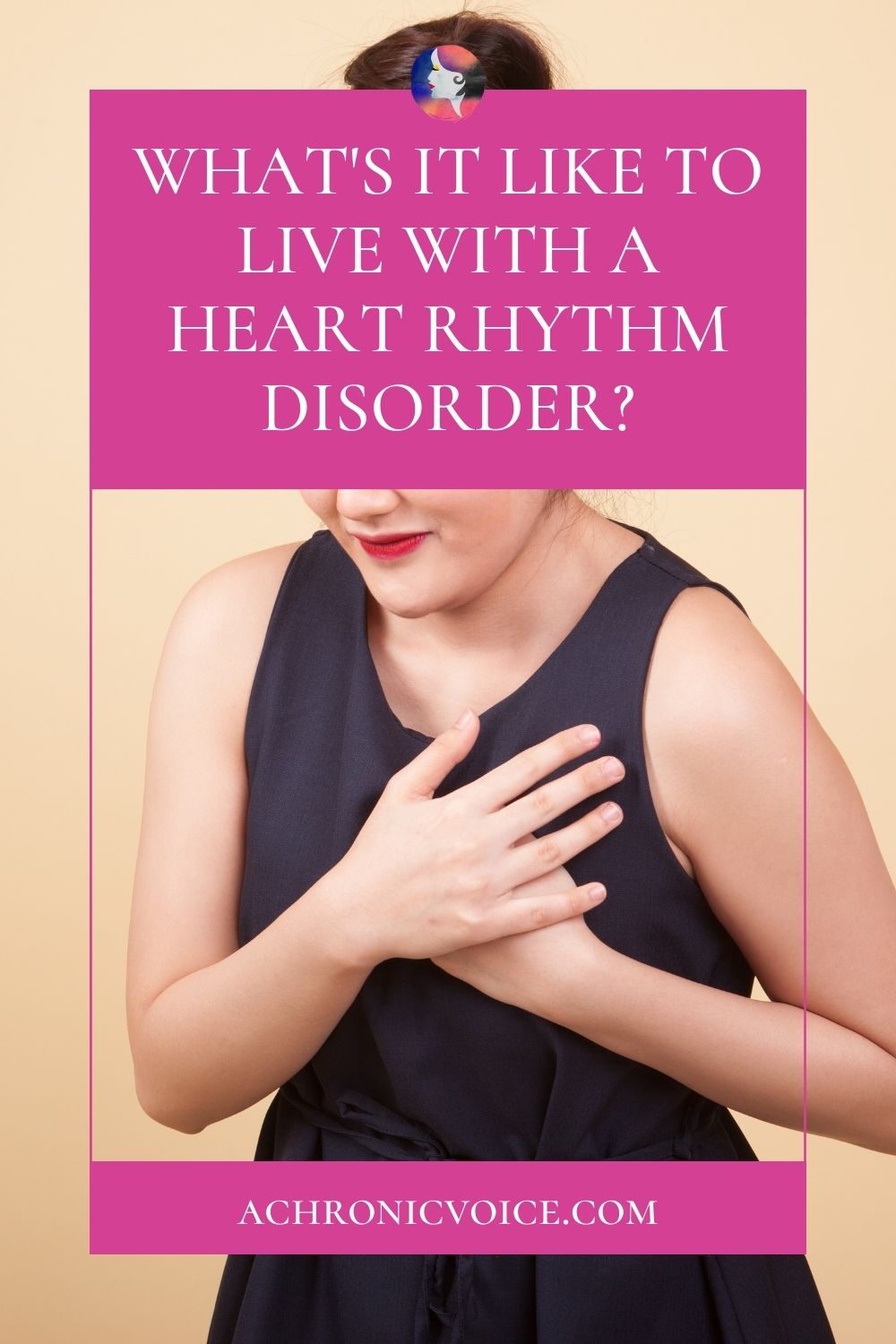
- American Heart Association. (2024, August 12). Target heart rates chart. https://www.heart.org/en/healthy-living/fitness/fitness-basics/target-heart-rates
- American Heart Association. (2025a, March 26). What is atrial fibrillation? https://www.heart.org/en/health-topics/atrial-fibrillation/what-is-atrial-fibrillation-afib-or-af
- American Heart Association. (2025b, August 14). Monitoring Your Blood Pressure at Home. https://www.heart.org/en/health-topics/high-blood-pressure/understanding-blood-pressure-readings/monitoring-your-blood-pressure-at-home
- Armstrong, M., & Moore, R. A. (2023). Physiology, baroreceptors. In StatPearls. StatPearls Publishing. http://www.ncbi.nlm.nih.gov/books/NBK538172/
- Cleveland Clinic. (2021, December 22). Paroxysmal supraventricular tachycardia (PSVT). https://my.clevelandclinic.org/health/diseases/22232-paroxysmal-supraventricular-tachycardia-psvt
- Cleveland Clinic. (2022a, May 20). Junctional rhythm. https://my.clevelandclinic.org/health/diseases/23206-junctional-rhythm
- Cleveland Clinic. (2022b, June 9). Valsalva maneuver. https://my.clevelandclinic.org/health/treatments/23209-valsalva-maneuver
- Cleveland Clinic. (2023, March 20). Arrhythmia. https://my.clevelandclinic.org/health/diseases/16749-arrhythmia
- Hafeez, Y., Quintanilla Rodriguez, B. S., Ahmed, I., Grossman, S. A., & Haddad, L. M. (2024). Paroxysmal supraventricular tachycardia (nursing). In StatPearls. StatPearls Publishing. http://www.ncbi.nlm.nih.gov/books/NBK568784/
- Heart Rhythm Society. (2021, January 12). Heart rhythm disorders. UpBeat. https://upbeat.org/heart-rhythm-disorders
- Heaton, J., & Goyal, A. (2023). Atrioventricular node. In StatPearls. StatPearls Publishing. http://www.ncbi.nlm.nih.gov/books/NBK557664/
- Lome, S. (n.d.). Junctional rhythms ECG review. Healio. Retrieved 23 August 2025, from https://www.healio.com/cardiology/learn-the-heart/ecg-review/ecg-topic-reviews-and-criteria/junctional-rhythms-review
- Mayo Clinic. (2024, July 6). Wrist blood pressure monitors: Are they accurate? https://www.mayoclinic.org/diseases-conditions/high-blood-pressure/expert-answers/wrist-blood-pressure-monitors/faq-20057802
- National Heart Centre Singapore. (2021, July 23). Understanding electrocardiogram (ECG). SingHealth. https://www.nhcs.com.sg/content/singhealth-admin/common/newsroom/current/2021/articles/murmurs/understanding-electrocardiogram-ecg.html
- National Heart, Lung, and Blood Institute. (2022, March 24). Arrhythmias. National Institutes of Health. https://www.nhlbi.nih.gov/health/arrhythmias
- Padanilam, B. J., Manfredi, J. A., Steinberg, L. A., Olson, J. A., Fogel, R. I., & Prystowsky, E. N. (2008). Differentiating junctional tachycardia and atrioventricular node re-entry tachycardia based on response to atrial extrastimulus pacing. Journal of the American College of Cardiology, 52(21), 1711–1717. https://doi.org/10.1016/j.jacc.2008.08.030
- Page, R. L., Joglar, J. A., Caldwell, M. A., Calkins, H., Conti, J. B., Deal, B. J., Estes, N. A. M., Field, M. E., Goldberger, Z. D., Hammill, S. C., Indik, J. H., Lindsay, B. D., Olshansky, B., Russo, A. M., Shen, W.-K., Tracy, C. M., Al-Khatib, S. M., & Evidence Review Committee Chair‡. (2016). 2015 ACC/AHA/HRS guideline for the management of adult patients with supraventricular tachycardia: Executive summary. Circulation, 133(14), e471–e505. https://doi.org/10.1161/CIR.0000000000000310
- Pasquier, M., Clair, M., Pruvot, E., Hugli, O., & Carron, P.-N. (2017). Carotid sinus massage. New England Journal of Medicine, 377(15), e21. https://doi.org/10.1056/NEJMvcm1313338
- Rogoff, B., & Pride, Y. B. (2022). EKG rhythm. In StatPearls. StatPearls Publishing. http://www.ncbi.nlm.nih.gov/books/NBK555952/
- Schweitzer, P., & Teichholz, L. E. (1985). Carotid sinus massage. Its diagnostic and therapeutic value in arrhythmias. The American Journal of Medicine, 78(4), 645–654. https://doi.org/10.1016/0002-9343(85)90408-5
- U.S. National Library of Medicine. (2017, October 15). Verapamil. MedlinePlus. https://medlineplus.gov/druginfo/meds/a684030.html
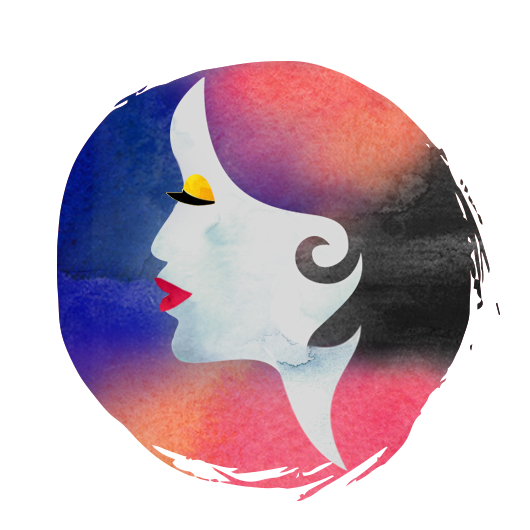




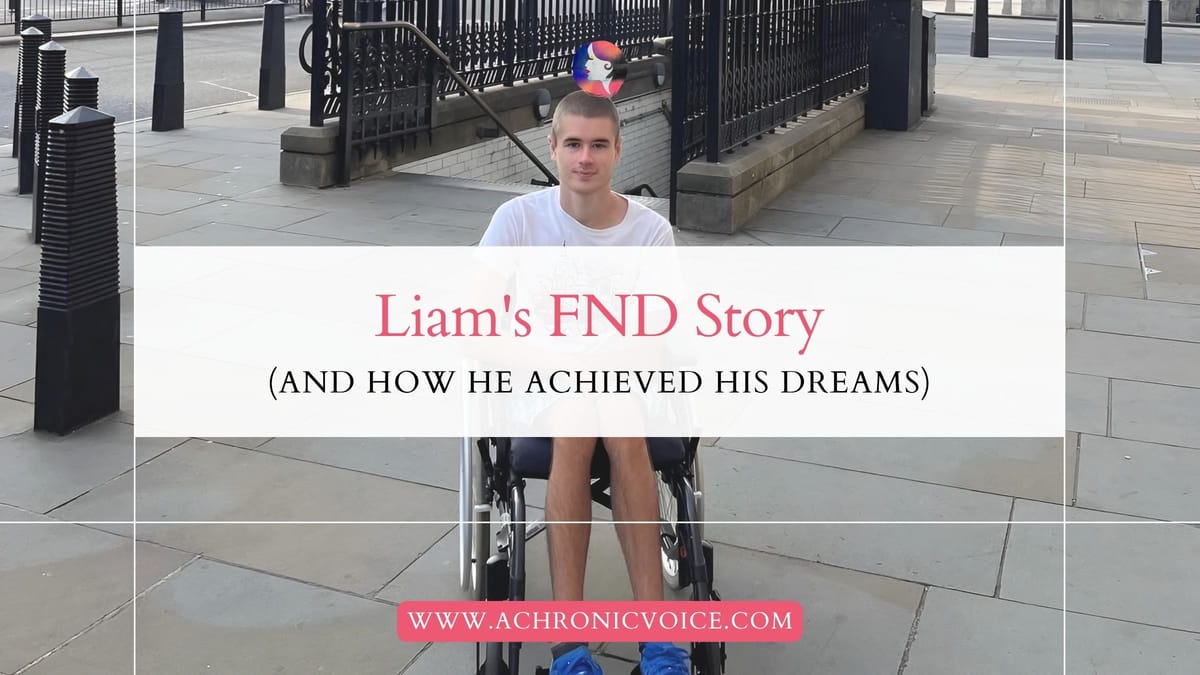
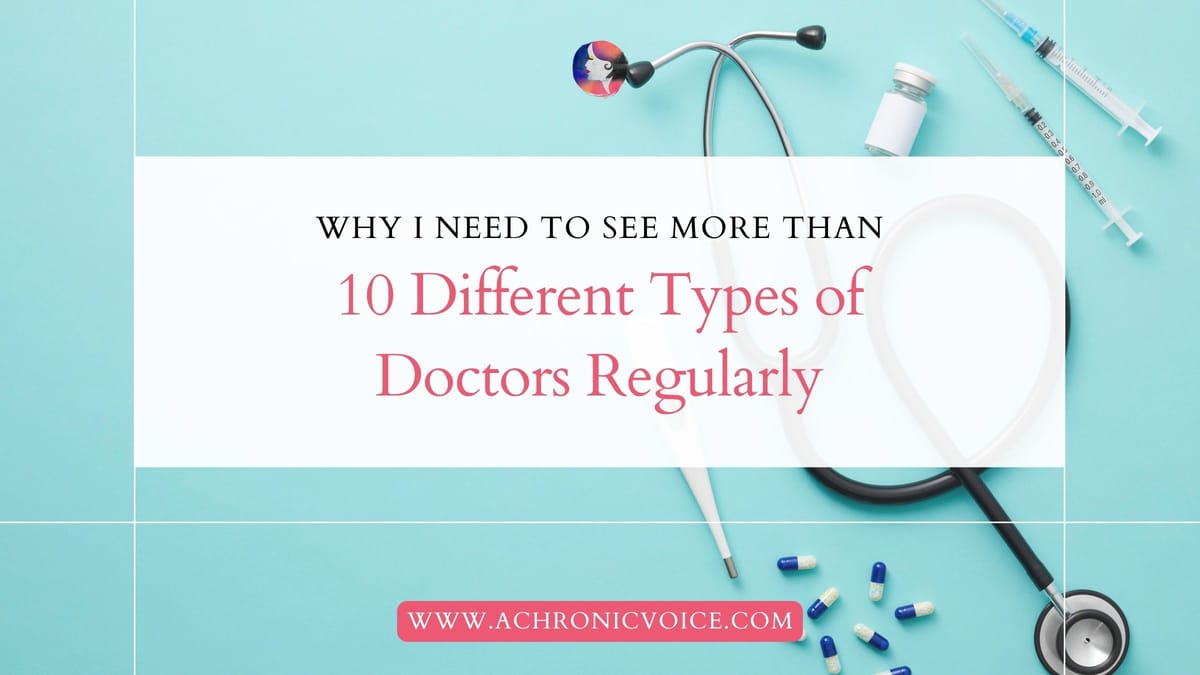
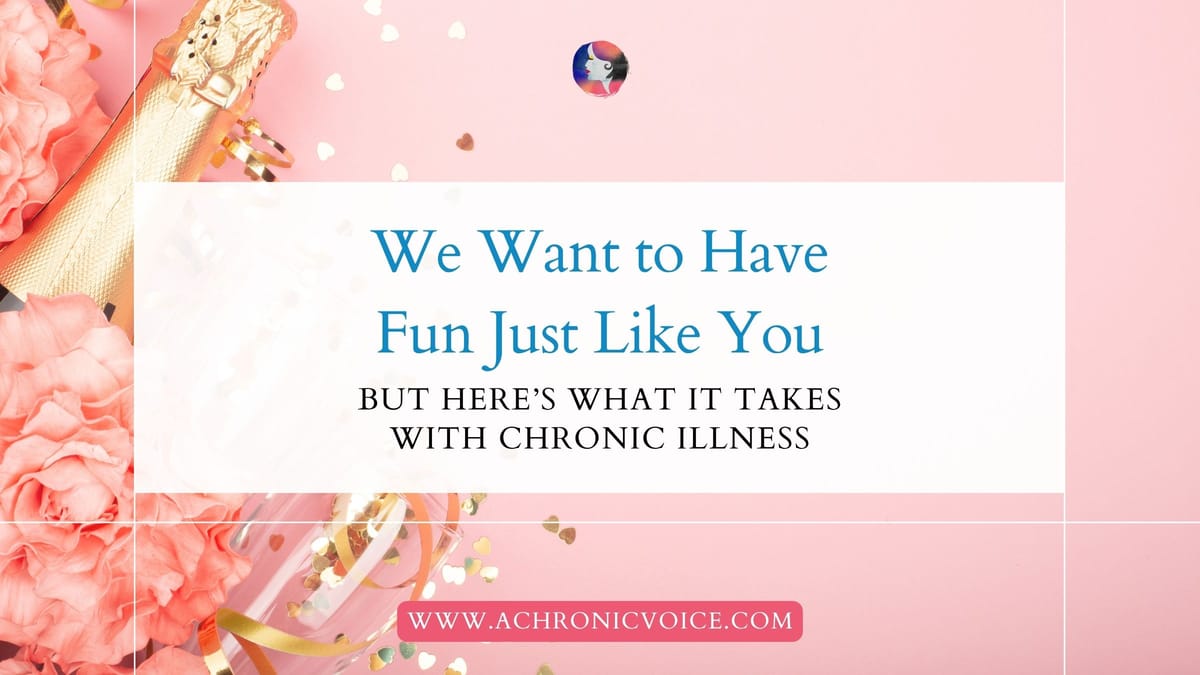
Comments Archives:
Comments imported from previous WordPress site.-
Carrie Kellenberger
-
arv
-
Sheryl Chan
-
Kirsten
-
Sheryl Chan
-
Anindya Rakshit
-
Sheryl Chan
Start a new conversation in the Member Comments below!Oh wow! I did not know you had TB in 2014. Thank you for sharing. I can’t even imagine that on top of everything else. Sending love!
It is not easy to live with such issues and requires a strong mind. I hope you find some respite to this situation.
Thanks arv, it isn’t too bad, really! These articles capture the acute moments, but so far so good. Thank you for your concern though 🙂
I don’t have a heart rhythm disorder but struggle from low blood pressure which causes high heart rate. It’s a scary thing and I can’t even imagine how it must feel for you to live with this illness every day. Thanks for sharing your story!
Hi Kirsten, thank goodness it’s been pretty well controlled after my looong year of TB! That TB year really broke me with the combination (had to up my prednisone as well to body weight so you get the picture) 🙂 Thanks for reading as always x
It’s difficult indeed, and reading your chronicles, I feel it much more. Nothing we can say that will make things easier for you, but we have to gather the courage and strength to go on, along with medicines, and looking at life in a positive way, which you are already doing brilliantly.
Thanks for your kind comment, Anindya, and for taking the time to read! Yes it is what it is, we all do what we can 🙂